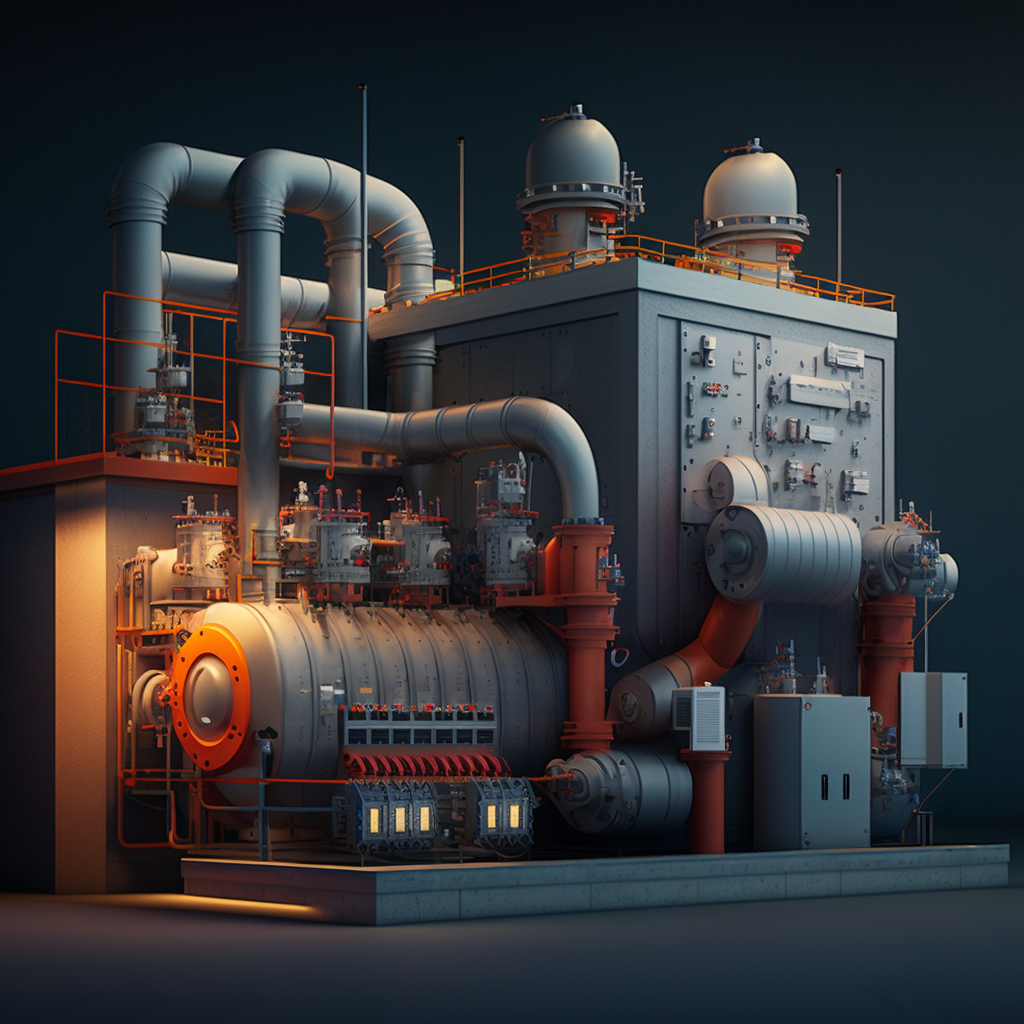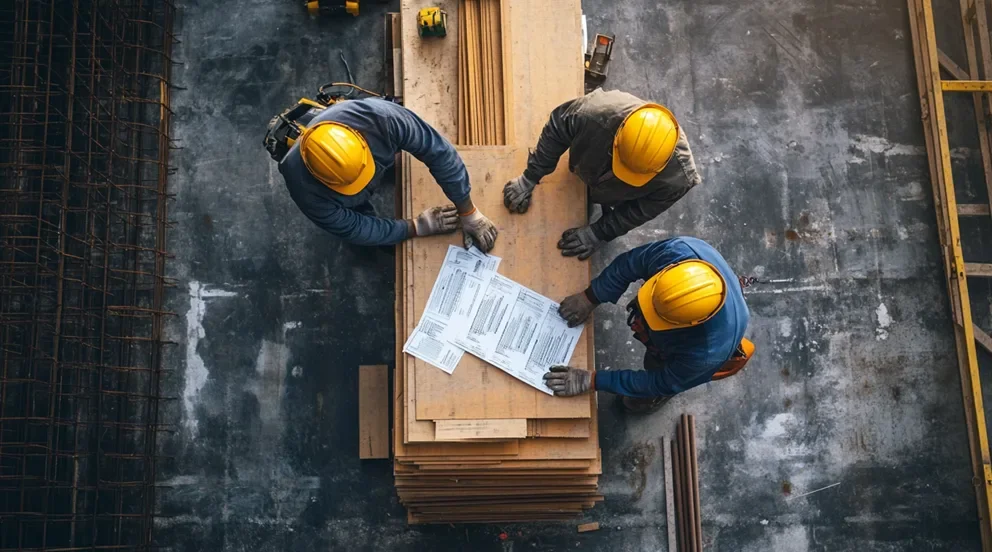Power Plant Fire Protection refers to a variety of measures taken to protect a power plant from fire risks. These might include any combination of safety procedures, equipment, processes, or structures designed to reduce the potential for a fire inside of a power plant.
The most basic fire protection measures may include regular safety inspections, training of personnel on fire safety protocols, and the use of fire-resistant materials in the building design. Additionally, fire prevention protocols may include keeping the facility clean and dry to minimize the spread of a fire as well as making all personnel aware of preventative measures and potential fire hazards.
More complex measures may include installing fire suppression systems, which may include automatic sprinklers, and water add-on systems to help suppress a fire during an emergency. Automatic fire-rated doors can also provide extended fire safety, keeping flames and high temperatures from spreading. Thermal sensors and detection systems can also be added to the power plant’s fire protection system in order to identify any potential fire, giving personnel the time to react and prevent any further damage.
Power Plant Fire Protection is an essential element of safe operation. It not only has the potential to help minimize the damage from an accidental fire, but also to deter any potential vandalism, as well as reduce the risk of fires due to human error. Regular evaluation and maintenance of power plant fire protection equipment and systems are essential in ensuring the safety of personnel, equipment, and structures located within the power plant.
What are the key measures for power plant fire protection?
The key measures for power plant fire protection include safety inspections and fire safety training for personnel, the use of fire-resistant materials in construction, fire suppression systems such as sprinklers and water add-ons, fire-rated doors, and thermal sensors and detection systems.
Safety inspections and fire safety training are important steps in preventing potential fires or other emergency situations. Fire-resistant materials such as noncombustible construction materials should also be used as part of the building design. Fire suppression systems such as sprinklers and water add-ons help to limit the spread of a potential fire while connection doors can keep the fire in confined spaces. Thermal sensors and detection systems can also give personnel the time to respond before the fire gets out of control.
These are the key measures for power plant fire protection and should be part of the overall safety protocols for any power plant. Regular evaluation and maintenance of power plant fire protection equipment and systems are essential in order to ensure the safety of personnel, equipment, and structures located within the power plant.
What are the benefits of utilizing safety measures for power plant fire protection?
The benefits of utilizing safety measures for power plant fire protection are numerous. These measures are designed to help reduce the risk of accidental fires and potential damage, as well as limit the impact of any potential fire caused by human error. Additionally, these measures can limit vandalism, reduce the potential of explosions due to flammable materials, and provide personnel with enough warning to respond quickly in an emergency situation.
Not only do these measures offer practical safety benefits, but they can also be beneficial in terms of monetary costs as well. By utilizing fire protection measures, a power plant can limit the amount of damage done in the event of a fire and keep repair and compensation costs low. Utilizing these safety measures can also help reduce insurance costs and provide protection for the power plant’s owners.
Overall, safety measures for power plant fire protection offer a variety of benefits. These measures can help reduce the risk of fires and limit their damage, while also providing important practical benefits in terms of monetary costs. Regular inspection and maintenance of these safety measures are essential in order to ensure their effectiveness.
What are the specific safety protocols for power plant fire protection?
The specific safety protocols for power plant fire protection vary depending on the type of power plant, its size and layout, and other factors. Generally speaking, these measures may include the following:
– Regular inspections and maintenance of all fire protection equipment such as sprinklers, thermal sensors, and detection systems.
– Fire safety training for personnel regarding potential risks and preventative measures.
– Utilizing noncombustible materials in construction to limit potential damage from fire.
– Installing automatic sprinkler systems with water add-on capabilities to help suppress a fire during an emergency.
– Installing fire-rated doors to keep flames and high temperatures confined to one area.
– Ensuring all personnel are aware of potential hazards and preventative measures.
The specific safety protocols for power plant fire protection may also vary depending on the laws and regulations in a given area. It is important to consult with local authorities to determine what requirements need to be met in order to maintain optimal safety. Additionally, regular inspections and maintenance should be performed in order to ensure that all equipment is functioning correctly and that any applicable safety protocols are being followed.
What equipment and materials are needed for power plant fire prevention?
The specific equipment and materials needed for power plant fire prevention depend on the type of power plant, its size and layout, and other factors. Generally speaking, these may include fire-resistant construction materials such as noncombustible metals; fire suppression systems such as automatic sprinklers and water add-on systems; thermal sensors and detection systems; fire-rated doors to keep flames and high temperatures confined to one area; safety signage to help educate personnel about potential hazards; and emergency lights for easy evacuation in an emergency situation. Additionally, regular inspection and maintenance should be performed in order to ensure that all equipment is functioning correctly.
How often should power plant fire protection systems be inspected and maintained?
Power plant fire protection systems should be inspected and maintained on a regular basis in order to ensure their effectiveness. Generally speaking, it is recommended that inspection and maintenance of these systems be performed at least once a year or more depending on local laws and regulations. Additionally, any changes to the power plant layout or equipment should prompt an immediate inspection and maintenance of the fire protection systems. It is important to consult with local authorities in order to determine what requirements need to be met in order to maintain optimal safety. Regular inspections and maintenance are essential for ensuring that all fire protection equipment is functioning correctly and that any applicable safety protocols are being followed.
What are the potential risks associated with a lack of appropriate power plant fire protection?
The potential risks associated with a lack of appropriate power plant fire protection are numerous. Without proper safety measures in place, there is an increased risk of accidental fires due to human error or equipment malfunctions. Additionally, without proper fire suppression systems, the potential for explosions due to flammable materials is much higher. Furthermore, personnel and visitors may not be adequately prepared for evacuation in the event of an emergency. Finally, failure to comply with local laws and regulations can lead to costly fines and other penalties. For these reasons, regular inspection and maintenance of power plant fire protection equipment and systems is essential in order to ensure the safety of personnel, equipment, and structures located within the power plant.
How can power plant fire protection systems be integrated with other safety systems?
Power plant fire protection systems can be integrated with other safety systems such as alarm and alert systems, evacuation plans, first aid procedures, and communications protocols. For instance, a fire suppression system could be linked to an alarm system in order to provide personnel with enough warning to respond quickly in the event of a fire. Additionally, evacuation routes can be mapped out ahead of time so that personnel are aware of the best way to exit a power plant in an emergency situation. First aid kits and supplies should also be easily accessible if necessary. Finally, communication protocols should be established ahead of time so that all personnel understands how they should communicate during an emergency situation. Integration between these various safety systems can help ensure the effectiveness of each individual system and provide personnel with the information and resources they need to act quickly in a potentially dangerous situation.



